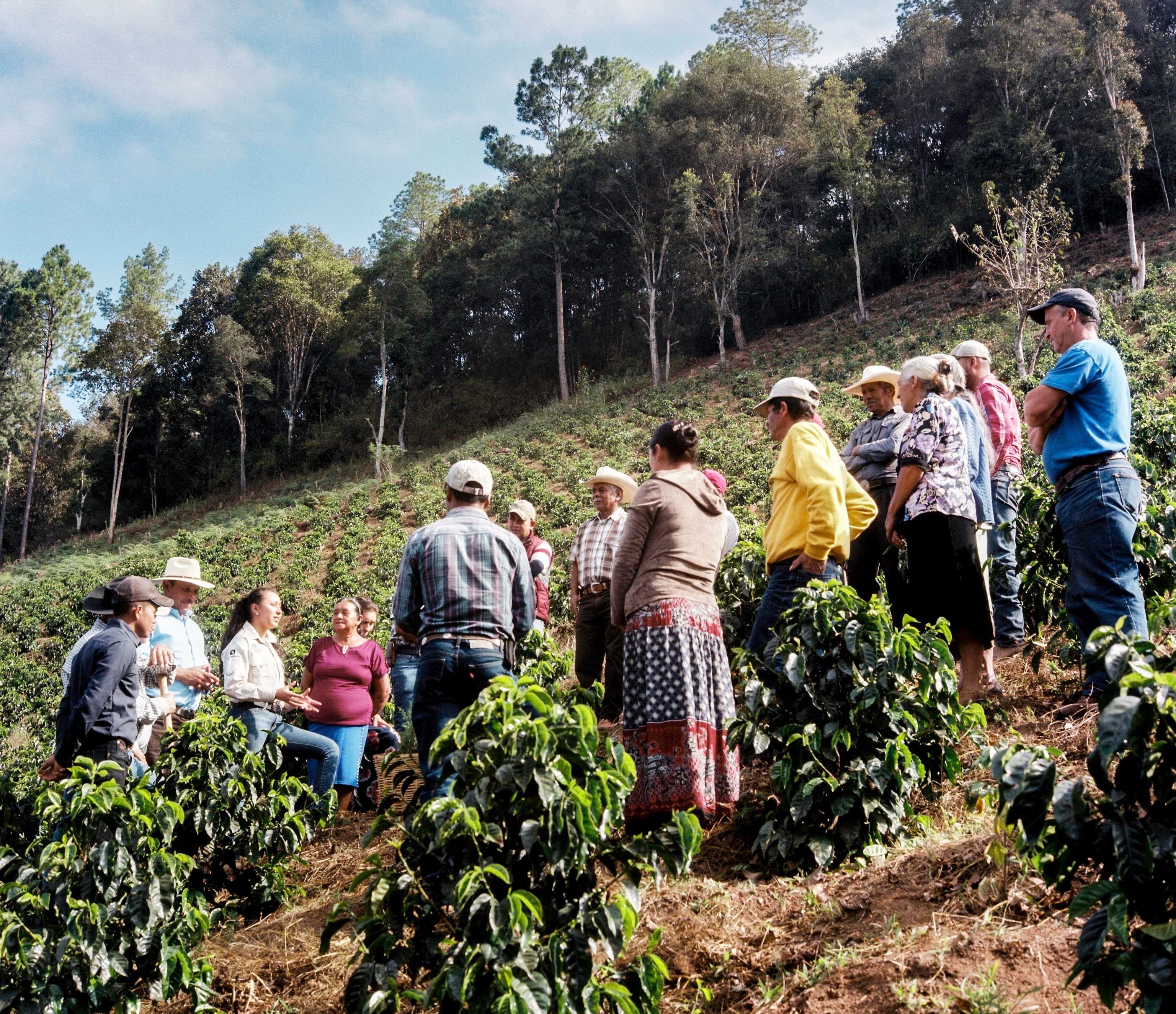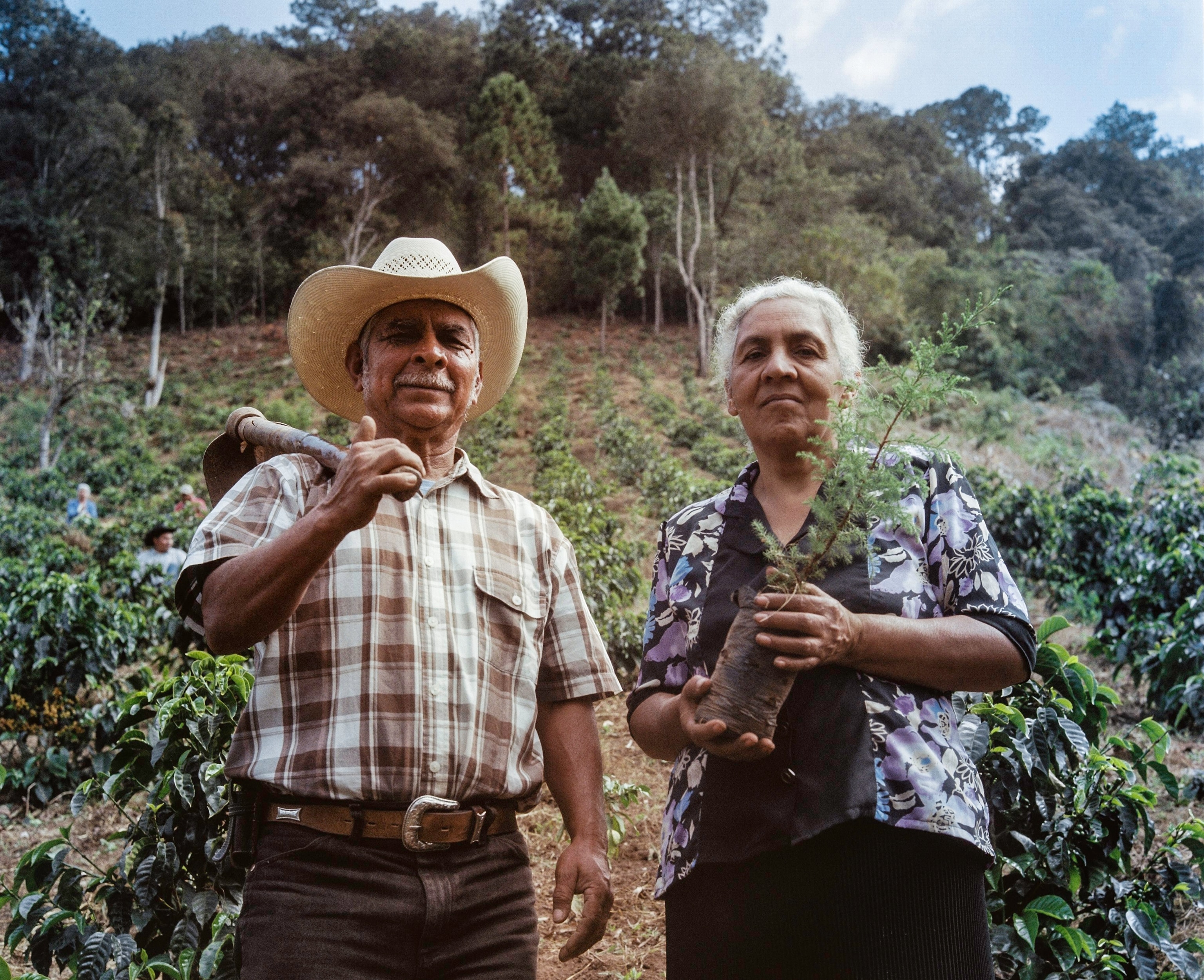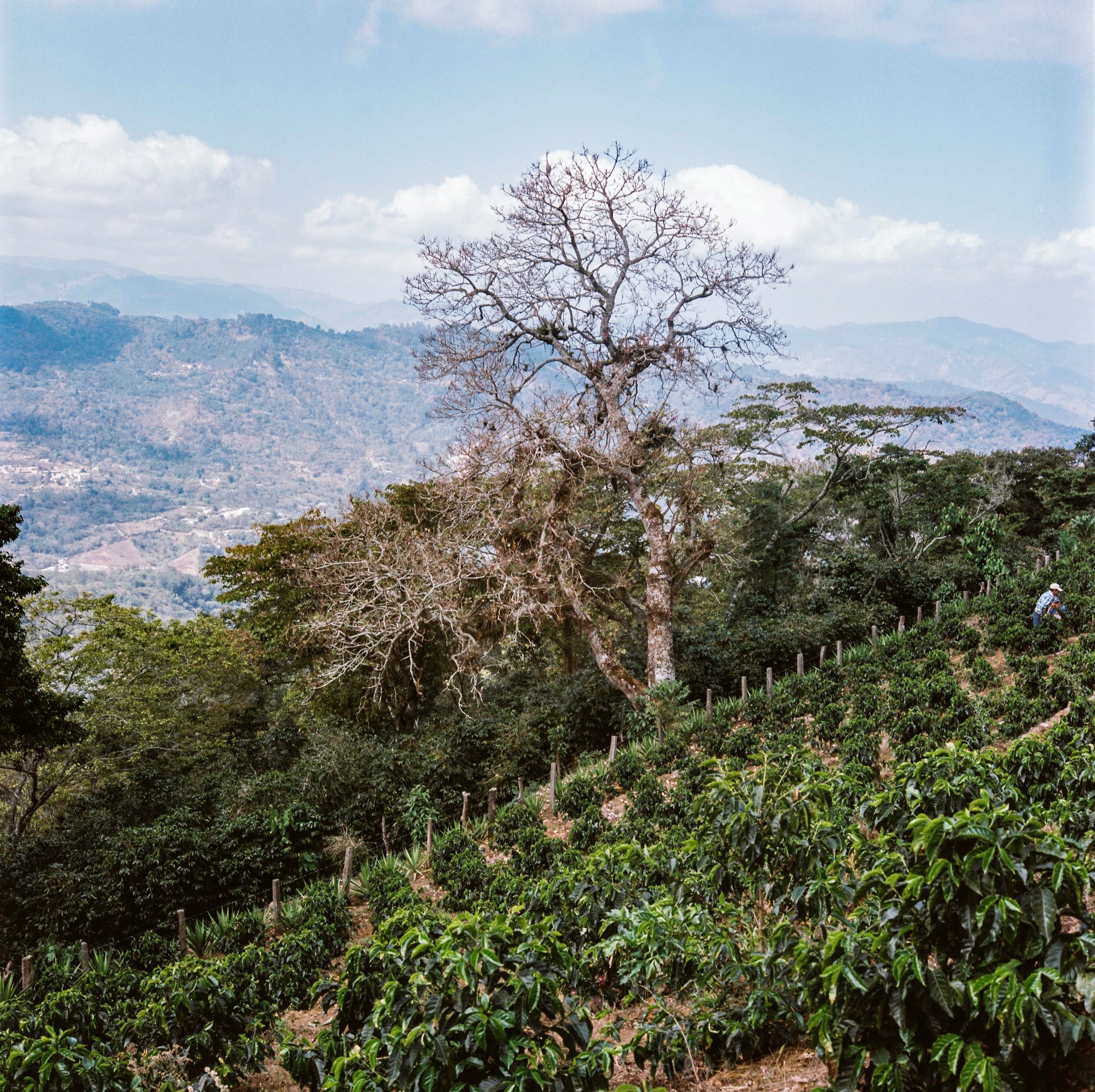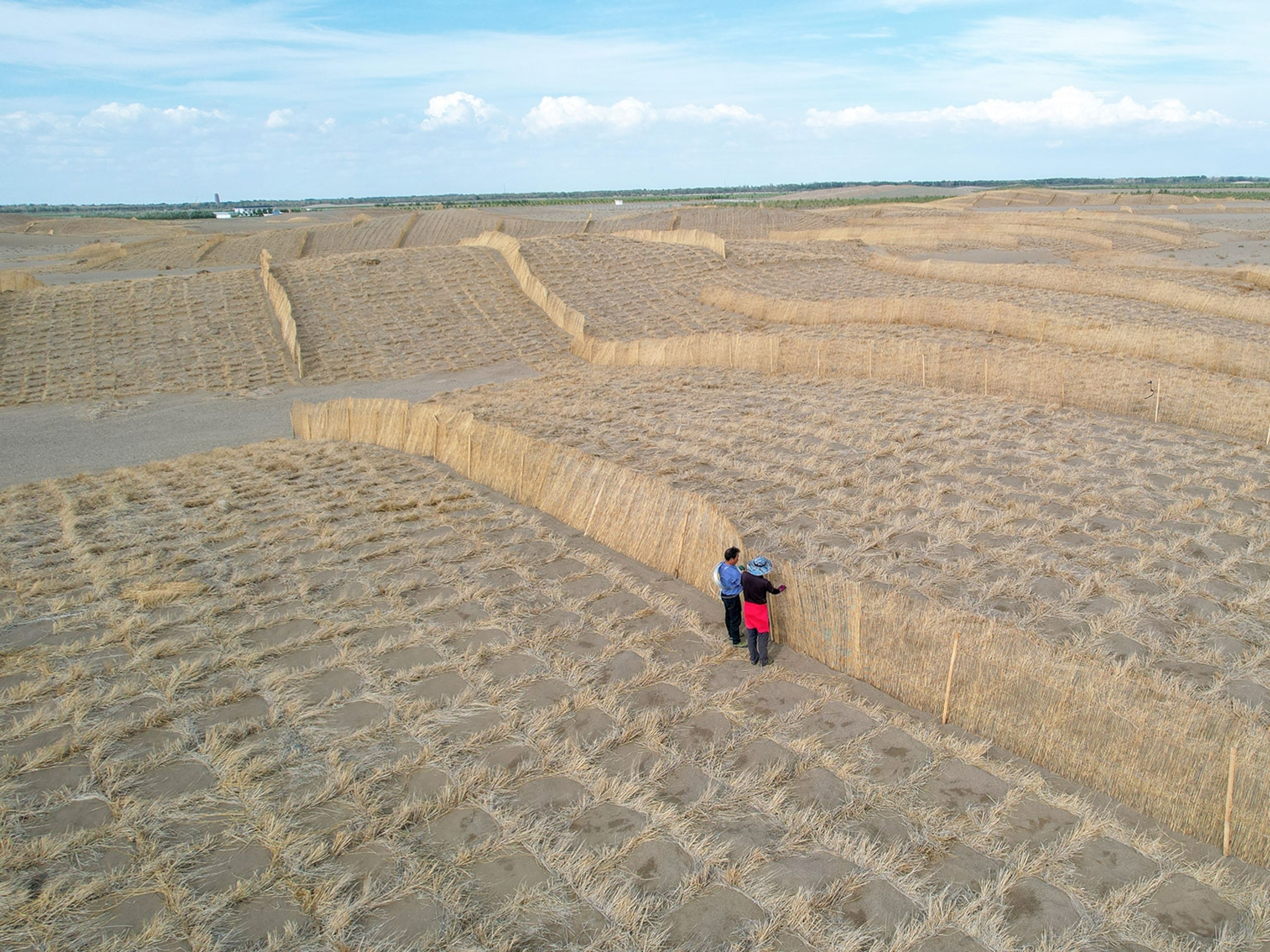Bringing back the shade
Discover how Nespresso's agroforestry program in Guatemala is helping restore coffee’s original ecosystem by working with local communities.

On the mountain-slope coffee farms of Jalapa, Guatemala, hope for the future is growing in the form of shade trees. Planted by Nespresso AAA Sustainable Quality™ Program smallholder farmers as part of its climate-resilience strategy in partnership with PUR Projet, the trees improve soil fertility and stability, and boost production of high-quality coffee by creating shade for coffee plants.
Coffee originated in Ethiopia as an understory crop—a term used to describe crops that are grown beneath a canopy of trees. Coffee plants naturally need shade to grow, but that canopy of trees also helps nurture biodiversity on farmlands, creating a healthy habitat for a wide variety of flora and fauna, while also preventing topsoil erosion.
“It is all natural to bring back more trees in coffee fields, because that’s where coffee is coming from: the forest,” says Tristan Lecomte, co-founder and president of PUR Projet, an organization that is the principal architect of insetting—a type of carbon emissions offset integrating socio-economic and environmental projects within a company’s supply chain. PUR Projet works with companies like Nespresso to regenerate ecosystems and empower the local communities that they depend upon through agroforestry, land restoration, and sustainable agricultural practices.
In Jalapa, PUR Projet helps the Nespresso AAA program farmers plant native timber and fruit trees both inside and outside of coffee fields to protect the crops.

“Thanks to their canopy and root system, (the trees) reduce the impact of climate deregulations,” adds Lecomte. “Trees generate multiple benefits for these farmers and their ecosystem: natural soil enrichment with nitrogen and organic matter, erosion reduction, water depollution and regulation, and biodiversity regeneration.”
Nespresso’s Jalapa agroforestry partnership with PUR Projet is part of the company’s global vision not only to ensure a sustainable supply of high-quality coffee, but also to support local communities to grow coffee on climate change resilient farms that reflect and help restore the coffee’s original ecosystem.
According to Coffee: A Comprehensive Guide to the Bean, the Beverage, and the Industry, edited by Robert W. Thurston, Jonathan Morris, and Shawn Steiman, that original ecosystem started disappearing in the 1970s, when many coffee farmers in Central America switched from traditional shade-grown to newer sun-grown techniques. As the name implies, sun-grown coffee requires removing shade by clearing trees so that more coffee can be planted. In addition, the sun-grown approach requires using chemical fertilizers as a substitute for the natural soil-enrichment historically produced by the tree canopy.
For farmers, the lure of sun-grown coffee was the potential to substantially increase yields, but it has secondary effects on climate resilience and biodiversity. In Guatemala, on the steep hillsides where coffee farms are located, the destruction of forests has resulted in massive soil erosion, reduced biodiversity, and decreased water availability. In addition, farmers who devoted most or all their land to coffee don’t have room to grow subsistence crops, requiring them to buy fruits and vegetables. With few or no trees, farms also have little protection against extreme weather events—such as heavy rain and prolonged drought—related to climate change.

Through the Jalapa agroforestry program, Nespresso is helping coffee farmers reclaim their ancestors’ shade-grown coffee traditions. Specifically, PUR Projet agronomists offer direct technical assistance, working one-on-one with farmers and through group training programs to demonstrate how interspersing coffee plants beneath native trees recreates the natural way coffee grows in Guatemala.
That natural way is also a more lucrative one for farmers. Not only are they producing more of the high-quality coffee that earns a premium from the Nespresso AAA program, they’re also growing more than coffee on their farms.
“Trees offer diversified sources of income to farmers: fruits, timber, fuelwood, medicines,” says Lecomte. “High-value tree species can serve as well as a ‘safety net’ for farmers to pay for schooling or medical fees. Some call (the trees) their ‘pension fund,’ as they plan to cut some of these trees when they retire to cover their expenses.”





